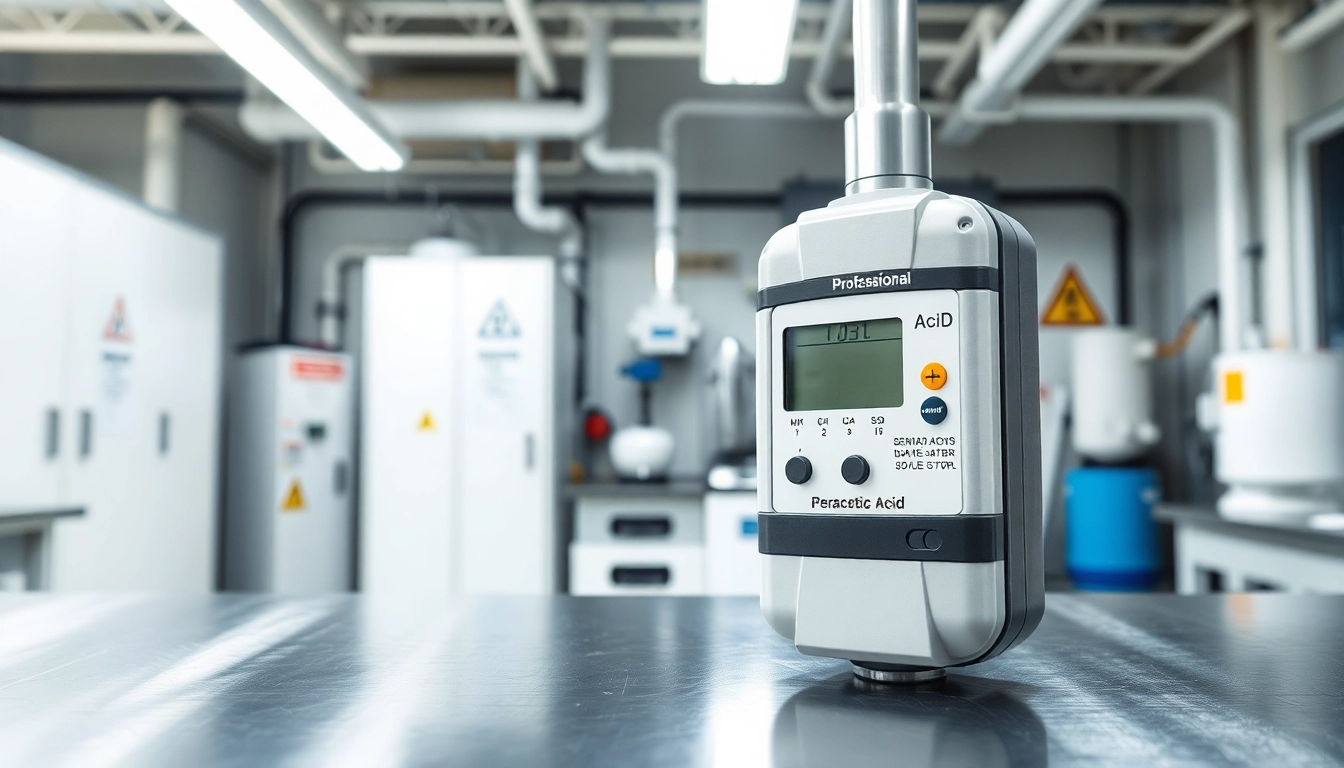Introduction to Epoxy Prepregs
In the realm of advanced manufacturing, the significance of epoxy prepregs cannot be overstated. These materials, which consist of reinforcing fibers pre-impregnated with an epoxy resin, have revolutionized the manufacturing processes in various industries. Their unique properties, such as superior strength-to-weight ratios, corrosion resistance, and thermal stability, have made them a crucial component in high-performance applications. This article delves into what epoxy prepregs are, their characteristics, benefits, manufacturing processes, applications across industries, and future trends in the field.
What Are Epoxy Prepregs?
Epoxy prepregs are composite materials made from a combination of reinforcing fibers—such as carbon, glass, or aramid—coated with a partially cured epoxy resin. The term “prepreg” stands for “pre-impregnated,” indicating that the resin has been applied to the fabric before the composite is molded into its final shape. This pre-impregnation process allows for a more uniform distribution of resin within the fibers and facilitates easier handling during manufacturing.
Characteristics of Epoxy Prepregs
Epoxy prepregs are known for their distinct characteristics, which make them suitable for a variety of applications:
- High Strength-to-Weight Ratio: They provide exceptional mechanical strength while maintaining a lightweight structure.
- Thermal Stability: Epoxy prepregs can withstand higher temperatures compared to many other resin systems, making them ideal for applications that involve high thermal loads.
- Chemical Resistance: The epoxy resin used in prepregs offers excellent chemical resistance, providing durability in harsh environments.
- Low Shrinkage: They exhibit minimal shrinkage during curing, which contributes to dimensional stability in final products.
Common Uses Across Industries
Due to their remarkable properties, epoxy prepregs are utilized in a variety of sectors, including:
- Aerospace: Used for critical components like wings, fuselages, and other structural parts where strength and weight performance are vital.
- Automotive: Increasingly integrated into vehicle manufacturing for parts such as body panels, chassis components, and composite structural elements.
- Sports Equipment: Essential in the production of high-performance sporting goods, from bicycles to skis, where lightweight and strength are paramount.
- Marine: Utilized in boat constructions, where water resistance and strength are crucial considerations.
Benefits of Using Epoxy Prepregs
Advantages of Epoxy Over Traditional Resins
When compared to traditional resin systems, epoxy prepregs offer significant advantages, including:
- Enhanced Adhesion: Epoxy provides superior bonding characteristics with various substrates, leading to stronger composite construction.
- Customizable Properties: Different formulations of epoxy resins can be achieved to meet specific requirements, such as varying curing temperatures and mechanical properties.
Cost Efficiency and Waste Reduction
Using epoxy prepregs can lead to cost savings over time due to reduced material waste and improved processing efficiencies:
- Precision Manufacturing: The pre-impregnation process ensures that only the necessary amount of resin is applied, reducing excess material waste.
- Shorter Production Cycles: The ability to cure at room temperature speeds up the manufacturing process, allowing for faster turnaround times.
Enhanced Mechanical Properties
One of the standout features of epoxy prepregs is their mechanical strength:
- Fatigue Resistance: Epoxy prepregs exhibit excellent fatigue properties, making them suitable for dynamic load applications.
- Impact Resistance: They are better equipped to withstand impacts, reducing the likelihood of damage during service.
Manufacturing Process of Epoxy Prepregs
Materials Required for Production
Creating epoxy prepregs requires a careful selection of materials:
- Reinforcing Fibers: Carbon fibers, fiberglass, or aramid fibers are commonly used.
- Epoxy Resin: A high-quality epoxy resin system tailored to the required performance and application.
- Release Agents: Used to prevent the cured composite from sticking to molds.
Step-by-Step Manufacturing Process
The manufacturing process for epoxy prepregs generally involves the following steps:
- Preparation of Materials: Fibers are cut to size and prepared for impregnation.
- Impregnation: The fiber is passed through a resin bath where epoxy resin is applied. This can be done using several methods, including hot melt or solvent-based techniques.
- Curing: The impregnated fibers are partially cured to a stage where they can be handled without being sticky.
- Cutting and Packaging: The prepregs are then cut into the desired shapes and packaged for transport.
Safety Considerations in Production
While the manufacturing of epoxy prepregs is standard in many industries, safety measures must be observed:
- Personal Protective Equipment (PPE): Workers should wear appropriate PPE, including gloves and masks, to avoid exposure to fumes or resin.
- Ventilation: Proper ventilation is crucial in areas where resin is used to prevent inhalation of harmful chemicals.
Applications of Epoxy Prepregs in Various Industries
Aerospace Industry Applications
In aerospace, epoxy prepregs are critical for manufacturing lightweight yet strong components crucial for flight:
- Structural Components: Airframes and wings benefit from the high strength-to-weight ratio of prepregs.
- Performance Enhancements: Used in critical flight control surfaces designed to withstand extreme environments.
Automotive Sector Innovations
The automotive sector increasingly adopts epoxy prepregs for lightweight and efficient vehicle design:
- Body Panels: Integration of epoxy prepregs in body panels leads to lower vehicle weight, ultimately enhancing fuel efficiency.
- Chassis Components: The strength of prepregs aids in constructing safer, more durable vehicle chassis.
Use in Sports Equipment Manufacturing
The application of epoxy prepregs in sports equipment is notable for their performance enhancement:
- Bicycle Frames: High-performance bicycles utilize epoxy prepregs for frames that are both lightweight and very strong.
- Skis and Snowboards: Optimal strength-to-weight ratios are engineered into skis and snowboards through the use of epoxy prepregs.
Future Trends in Epoxy Prepregs
Emerging Materials and Technologies
As technological innovations continue, the future of epoxy prepregs looks promising:
- Bio-based Epoxies: Research into sustainable, bio-based epoxy resins is paving the way for environmentally friendly prepregs.
- Advanced Fiber Reinforcement: Incorporation of novel fiber materials aims to further enhance the mechanical properties of prepregs.
Market Demand and Growth Opportunities
The market for epoxy prepregs is poised for growth, driven by:
- Increased Demand in Aerospace and Automotive Sectors: Both industries recognize the benefits of lightweight and high-strength materials.
- Expansion into New Markets: Other sectors like construction and wind energy are emerging markets where epoxy prepregs can be utilized.
Environmental Impact and Sustainability Goals
A growing emphasis on sustainability is influencing the production and application of epoxy prepregs:
- Recyclability:[ Development of prepregs that can be recycled or repurposed at the end of their lifecycle is gaining traction.
- Reduced Carbon Footprint: Innovations aimed at lowering the environmental impact of production methods are being prioritized.




